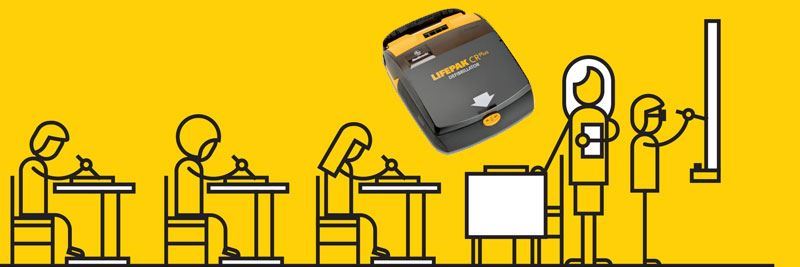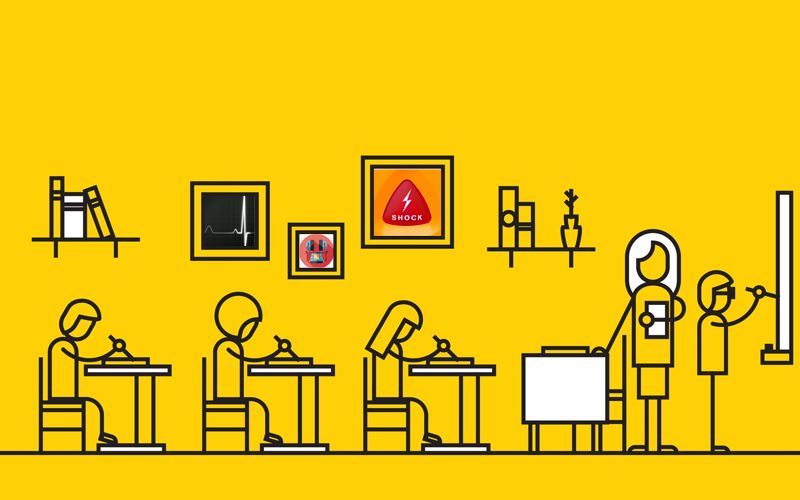Sudden Cardiac Arrests kill around 100,000 people per year. It’s one of the biggest killers of young people, and there’s a multitude of factors that contribute towards these statistics. One of which is the irregularity of Sudden Cardiac Arrests, and another is the lack of readily available defibrillators for use when emergency strikes.
A Sudden Cardiac Arrest can happen to anyone, anytime, at any age or health condition. This, coupled with the distinct lack of public access defibrillators or medically competent citizen first responders is a recipe for disaster. One that we know can easily be avoided.
We’ve written before about the need for more public defibrillators, and called for more defibrillators in schools, sports clubs and more, but we also feel strongly that defibrillator training should be taught as part of the national curriculum in schools in order to help create a nation of lifesavers across the UK.
We’re not alone in this dream. There have been strong calls for government to implement CPR and AED training as part of the national curriculum to give the future generation a fighting chance at helping those fighting for a chance to live.
Why should it be on the national curriculum?
Teaching emergency life support skills in schools and in the wider community isn’t a box checking exercise. It is, as put by Labour MP Julie Hilling in the House of Lords, a “No Brainer. It’s just common sense”
“Emergency life support skills” might sound like a daunting phrase to students, or to a teacher tasked with educating students, but they are essentially just a set of skills/actions that are needed to keep someone alive up until professional help arrives.
Items that are considered emergency life support skills are:
- Performing CPR
- The recovery position
- Dealing with choking & serious bleeding
- Helping someone who might be having a heart attack/SCA
Ideally, everyone in the country should be taught these skills in a bid to improve survival rates. However, starting small and where people are most in tune with learning makes a lot of sense.
More than 150,000 people die a year in situations where if someone knew what to do, their lives might have been saved. If more people knew how to do CPR & use an available defibrillator, survival rates for SCA could increase to as much as 50%. This is around 5 times better than current rate of 1 in 10 chance of survival without a defibrillator.
We don’t feel that survival should be put down to luck.
A recent poll by St. Johns Ambulance, asking whether first aid should be taught in schools, was put to 1,157 teachers in England. The results found that 96% were in favour, with 67% admitting their school did not offer any form of first aid classes.
Not equipping children with the skills to save a life, should an unfortunate incident occur in front of them, is not only a disservice to themselves but to the greater community and country as a whole.
We spoke to a local school to see what they thought about this:
Mr Hallman, who recently purchased a Defibrillator for his school, said: “Teaching First Aid in schools will help to ensure that children have a wider range of life skills. It would be helpful for the Department for Education to ensure that the facilities and training, together with the necessary funding, was available to ensure this can happen.”
Back


